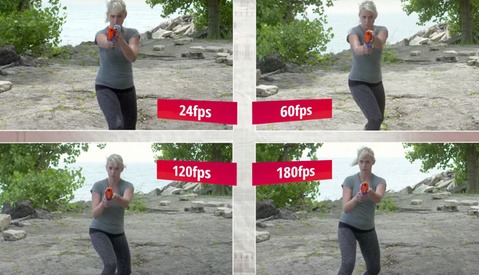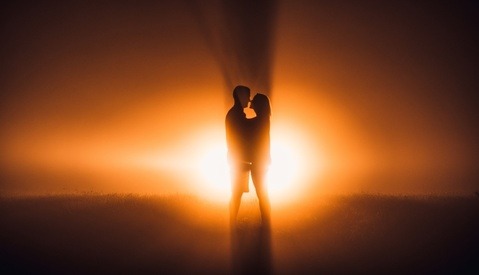35mm, Medium Format, Large Format: Which Should You Choose?
If you're just getting into shooting film, one of the first decisions you'll have to make is what format you'll be shooting. If you ask around, you'll get many varied responses as to the advantages and disadvantages of shooting 35mm, medium format, or large format, but I wanted to make an article that shows some basic advantages and disadvantages of each medium as well as a photo test to give you some concrete comparisons of the same subject.





















































